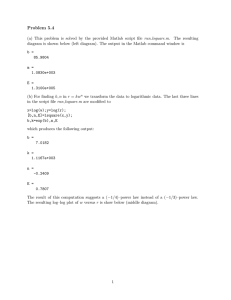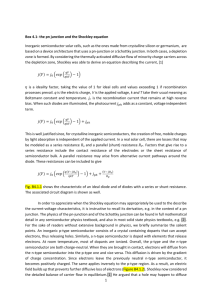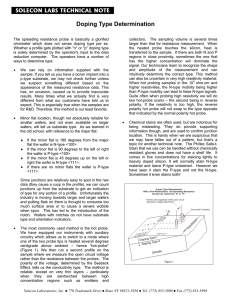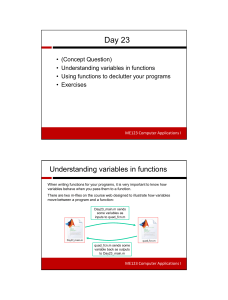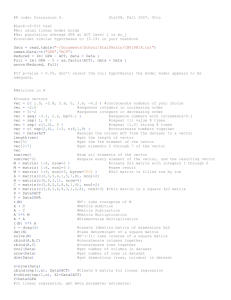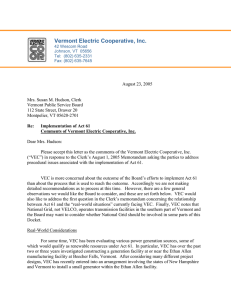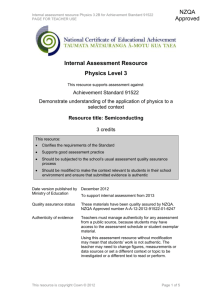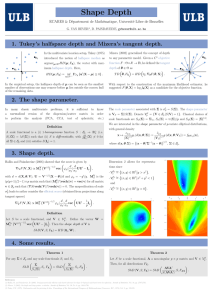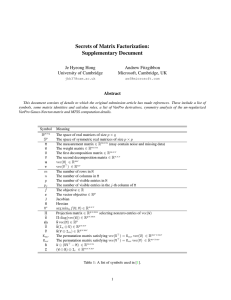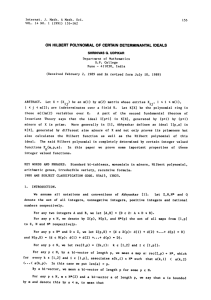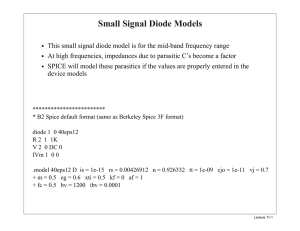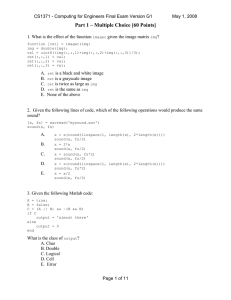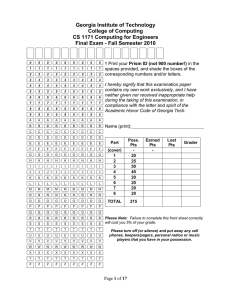Valence Electron Control in Higher Manganese Silicide MnSiγ
advertisement
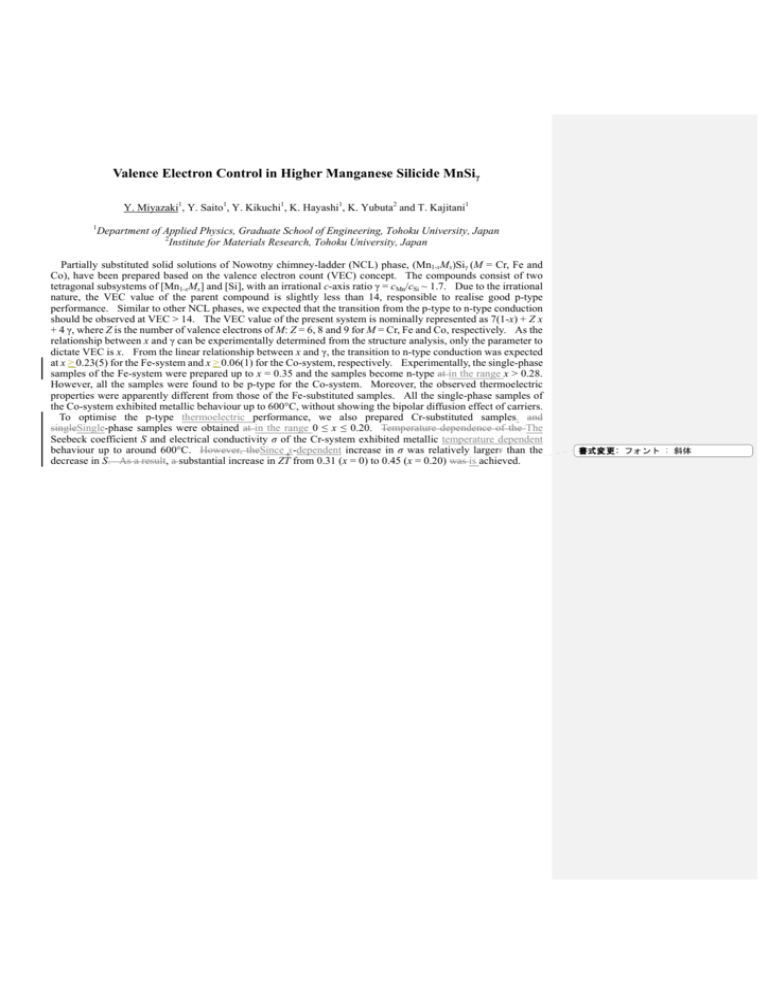
Valence Electron Control in Higher Manganese Silicide MnSiγ Y. Miyazaki1, Y. Saito1, Y. Kikuchi1, K. Hayashi1, K. Yubuta2 and T. Kajitani1 1 Department of Applied Physics, Graduate School of Engineering, Tohoku University, Japan 2 Institute for Materials Research, Tohoku University, Japan Partially substituted solid solutions of Nowotny chimney-ladder (NCL) phase, (Mn1-xMx)Siγ (M = Cr, Fe and Co), have been prepared based on the valence electron count (VEC) concept. The compounds consist of two tetragonal subsystems of [Mn1-xMx] and [Si], with an irrational c-axis ratio γ = cMn/cSi ~ 1.7. Due to the irrational nature, the VEC value of the parent compound is slightly less than 14, responsible to realise good p-type performance. Similar to other NCL phases, we expected that the transition from the p-type to n-type conduction should be observed at VEC > 14. The VEC value of the present system is nominally represented as 7(1-x) + Z x + 4 γ, where Z is the number of valence electrons of M: Z = 6, 8 and 9 for M = Cr, Fe and Co, respectively. As the relationship between x and γ can be experimentally determined from the structure analysis, only the parameter to dictate VEC is x. From the linear relationship between x and γ, the transition to n-type conduction was expected at x ≥ 0.23(5) for the Fe-system and x ≥ 0.06(1) for the Co-system, respectively. Experimentally, the single-phase samples of the Fe-system were prepared up to x = 0.35 and the samples become n-type at in the range x > 0.28. However, all the samples were found to be p-type for the Co-system. Moreover, the observed thermoelectric properties were apparently different from those of the Fe-substituted samples. All the single-phase samples of the Co-system exhibited metallic behaviour up to 600°C, without showing the bipolar diffusion effect of carriers. To optimise the p-type thermoelectric performance, we also prepared Cr-substituted samples. and singleSingle-phase samples were obtained at in the range 0 ≤ x ≤ 0.20. Temperature dependence of the The Seebeck coefficient S and electrical conductivity σ of the Cr-system exhibited metallic temperature dependent behaviour up to around 600°C. However, theSince x-dependent increase in σ was relatively largerr than the decrease in S. As a result, a substantial increase in ZT from 0.31 (x = 0) to 0.45 (x = 0.20) was is achieved. 書式変更: フォント : 斜体
